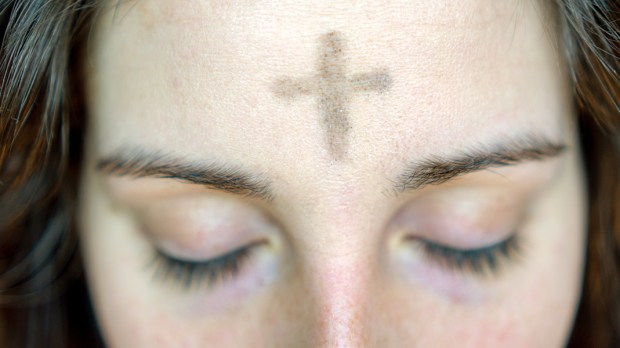I was listening to sports on the radio earlier this week when I realized it had been exactly one year since I last saw my grandfather alive. It’s odd, the little connections the human brain makes. One year ago, I was sitting in the passenger seat of a car next to my brother and mother, driving down a country highway to the small town of Sikeston near the boot-heel of Missouri. That’s where my grandfather was, being cared for in the hospital after several months of increasingly failing health. While driving home, we all looked out the window lost in our own thoughts and the sports-talk radio station accompanied us like white noise.
I don’t listen to sports radio very often, but I happened to have it on the other day while driving and was immediately taken back. It was as if I had time traveled and was again seeing the long road home, lined by scrub pine and dogwood stretching to the horizon, could smell the sweet Missouri air as we walked into the hospital, and felt my grandfather’s large hand in mine for the last time. His was the hand of a dairy man, a man who was ready to wake up early to labor for hours, hands that could lift any weight. Those same hands wrote very kind, romantic notes for his wife. He never spoke about this hidden love for his family but it was evident in every fiber of his being.
As I thought about the way death pierces us like the thorn on a rose, my own personal feelings about it were bittersweet but not inconsolable. What has become abundantly clear to me is that, more than anything, I am deeply satisfied simply to have had the opportunity to know and love my grandfather. His life, as the poet Rainer Maria Rilke might say, “deepens the red of my blood.” Strangely enough, it is his absence that makes my love more real, easier to openly acknowledge. Before, I suppose I simply took it for granted.
Every year, Ash Wednesday finds me once again celebrating Mass with my parishioners. Once again, they eagerly accept a priestly blessing from my hands. The blessing is a sign of contradiction – a cross of ashes, drawn with the words, “Remember that you are dust and to dust you shall return.” How can it be that death has become a blessing? It seems to me there’s a connection between the way that death fully unmasks our love for those we have lost and the way in which contemplating our own mortality unmasks love of the life that each of us has been given.
Before I was Catholic, I belonged to a Christian faith tradition that didn’t celebrate Lent. I never knew what I was missing until I went to my first Ash Wednesday Mass. It’s a powerful moment, when a priest traces ashes onto you and prophesies that someday, somehow the grave is going to claim your body. It was that same year I first experienced Good Friday, totally unprepared for what took place. The priest brought a crucifix to the bottom step of the sanctuary where he placed it on a red velvet cushion. The faithful lined up one by one and bent their knees to the ancient stone floor, bowed their heads, and kissed the feet of the dying God. It was the image of death, the nearness of the crucifix, that brought the point starkly and irrevocably home to us that this was the God we loved and adored. Death had made our love more real.
There’s something mysterious in this connection between death and love. It gets to the very heart of who we are as human beings and what it means to have eternal souls united with bodies that grow old and wear out. There’s a beautiful passage in Ursula Le Guin’s novel The Dispossessed about how we only see the true beauty of an object when we see the whole of it. She writes:
“If you can see a thing whole, it seems that it’s always beautiful … close up, a world’s all dirt and rocks. And day to day, life’s a hard job, you get tired, you lose the pattern. You need distance … The way to see how beautiful the earth is, is to see it as the moon. The way to see how beautiful life is, is from the vantage point of death.”
Lent can be a challenging experience. The focus on penance and fasting, ashes and mortality, it’s like revisiting the anniversary of a death. The effort and soul-searching is worth it, though. Contemplating our mortality is an invaluable exercise because it reveals the whole of our lives – the beginning, the middle, the end. From that vantage point we are uniquely situated to comprehend how beautiful and precious life truly is. Love is the picture of the whole. In life, we love. In death, we love. Whether we live or die, we forever belong to each other.

Read more:
How to prepare your kids for Lent

Read more:
10 Things to give up for Lent other than chocolate (Photos)

